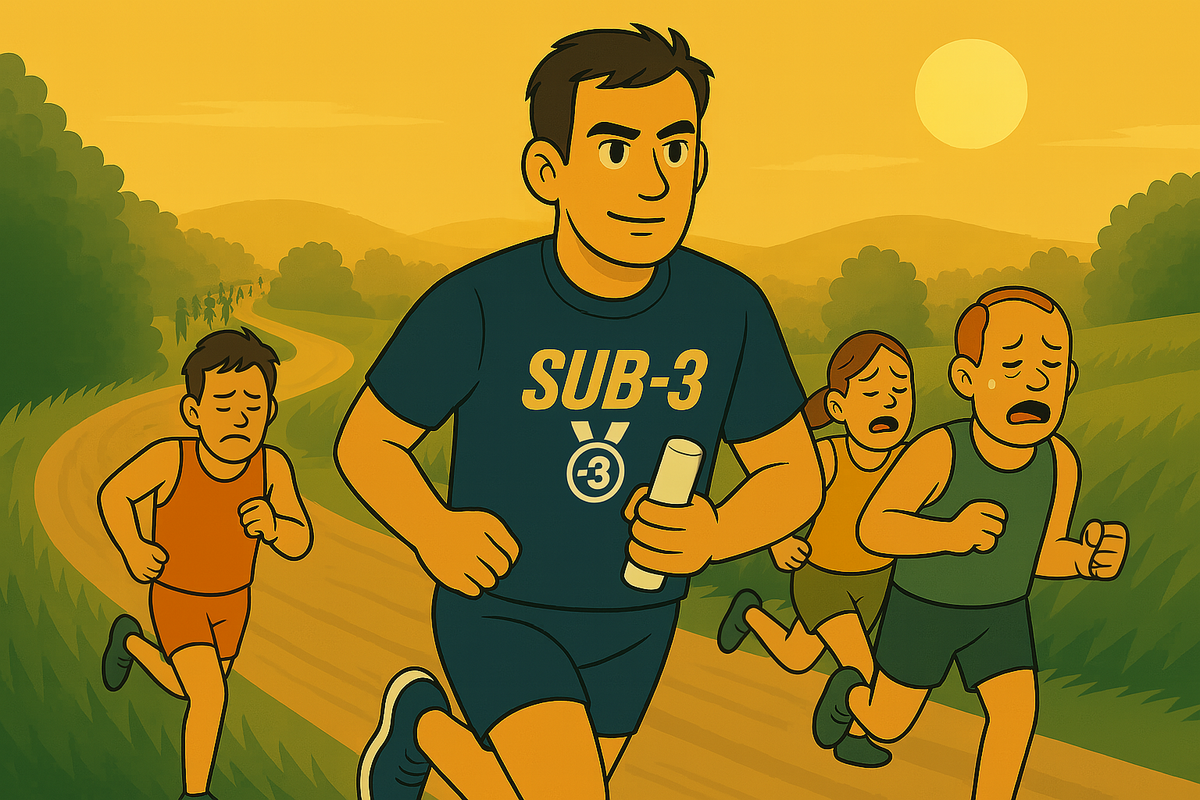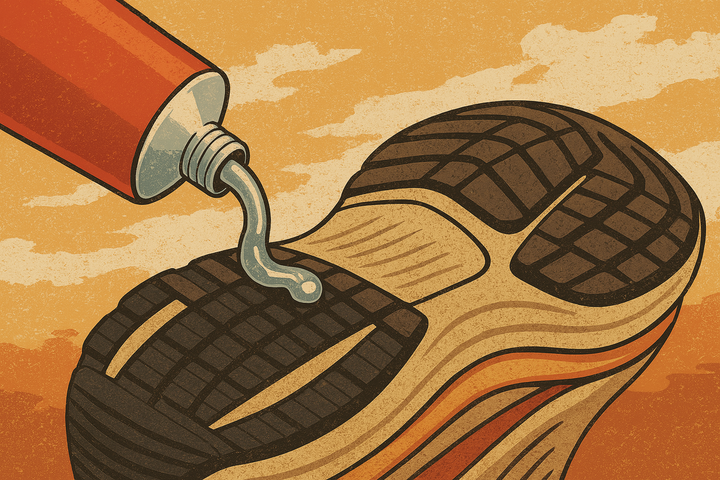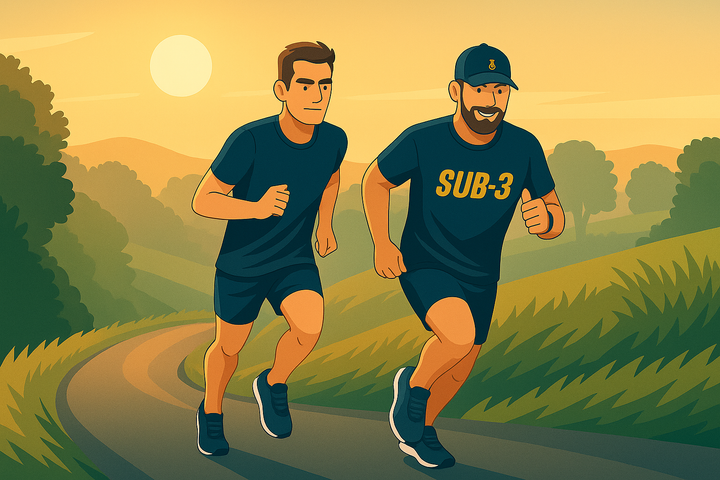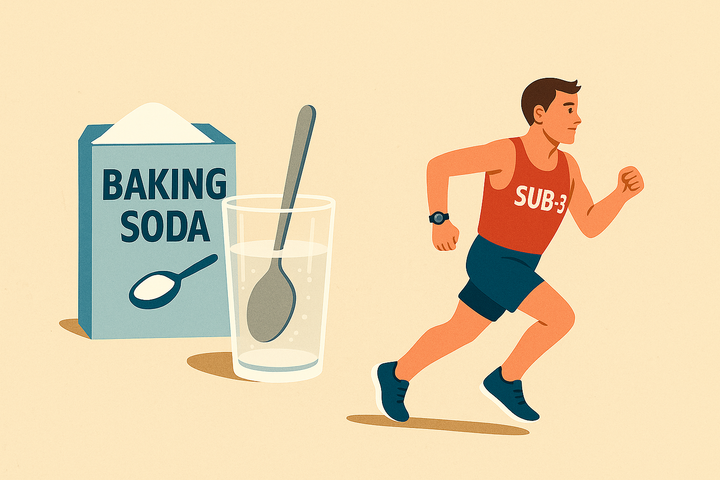How I beat the heat racing while training for a sub-3
Why cooling your palms might be the smartest way to handle heat on the road to sub-3

I’m usually terrible running in the heat – my heart rate spikes, my legs feel sluggish, I sweat buckets and feel bloated from water retention. I’ve learnt to abandon hope of PBs beyond about 15 degrees Celsius (59°F) and just focus on placing.
This summer, I've taken that focus to a new level, scoring two podium spots, including winning a race I never dreamed of winning, and leading from start to finish.
True, I’ve been acclimatising by running in similar temperatures, but I’m almost certain the breakthrough came from a ‘hack’ I found in Andrew Snow’s Run Elite, which I’ve been experimenting with.
Snow explains (pages 233–240) that if you hold ice in your palms during a run, your body temperature can drop significantly. It works through something called palmar cooling.
“There is a special kind of vessel called an ‘AVA’ (arterio-venous anastomosis) that basically skips the capillaries,” he writes. “AVAs open and close in response to changes in body temperature... AVAs exist numerously in three places: the palms of your hands, the soles of your feet and your face.”
Snow says the best treatment for heatstroke is submersion in ice water, which isn’t possible in a race.
“However, you could put your skin in touch with a cold surface and dramatically speed up conduction – for instance, holding cold water bottles in your hands, submerging your hands in a cold creek during a run or passing an ice cube back and forth between your hands until it melts.”
I took this advice literally. Before one race in 26 degrees (79°F) heat, I collected my number early and took an ice bath (never easy to get into, but pleasant once you're submerged). Fifteen minutes before the race, I stepped out, got dressed and headed to the start line holding a frozen pouch I’d wrapped with duct tape into a baton shape.
For the first few kilometres, I passed it from hand to hand every ten seconds. It was a distraction but kept me cool. When it melted, I poured the water over my head. Usually on a day like this, I’d be drenched in sweat early, but I felt fresh, like the race was just beginning. It turned a 10K into a 7K in my head.
Before another race – on the hottest day of the year, starting at 11am with temperatures reaching 30 degrees (86°F) – I froze three batons overnight, packed them in a cool bag with ice packs, and they were still solid after hours of travel and prep. I ran with the first baton for 3km, kept the second tucked into my shorts for the final 7km, and finished with my strongest final kilometre, winning by over a minute despite the midday heat. The final one helped me cool down upon finishing.
People sometimes say, cynically, “even if it’s placebo, it clearly works for you”. Maybe, but Snow makes a strong scientific case and there’s little downside. Except, as Snow says in bold:
“You must avoid vasoconstriction, as this puts you in an even worse spot than you were before.”
This is where blood vessels can narrow due to the cold. The trick is to keep moving the baton between hands. The duct tape I use also buffers the ice. If transporting ice isn't possible, you can try emergency ice packs, but follow instructions carefully and avoid direct contact with skin.
If you dread hot races, this hack costs pennies and could give you a real advantage. A PB may be out, but from my experience, it can help you place well.
Enjoyed this article? Help keep Sub-3 running — support us with a coffee.
To help fund the running of the site, Sub-3 is an Amazon Associate and earns from qualifying purchases. We only recommend gear or kit that has genuinely helped in our own running and that we believe is worth considering.



